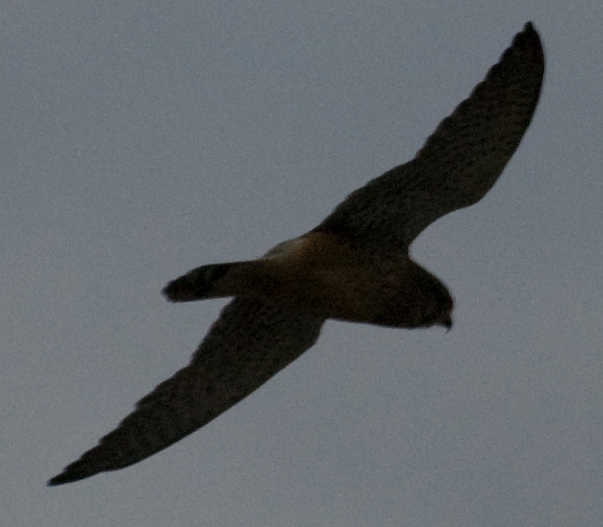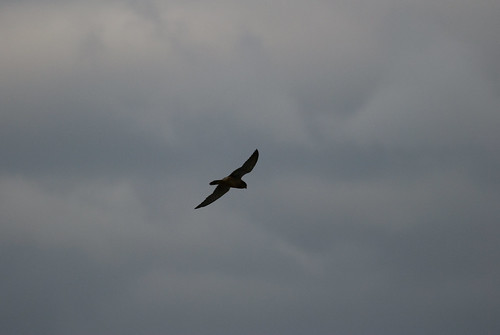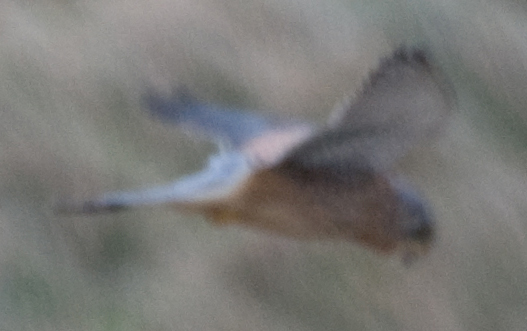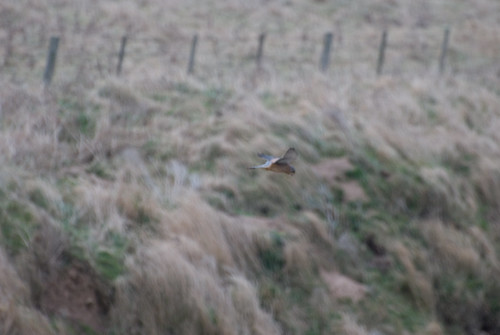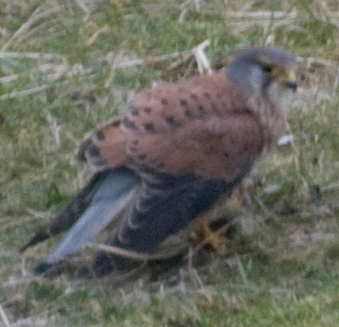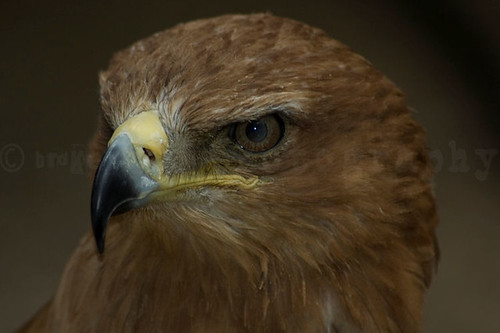- Messages
- 197
- Edit My Images
- Yes
I struggle with wildlife photos using my 70-300 VR lens. I'll admit that i'm not camped out waiting for them, its far more opertunistic, if it wanders in front of me i'll have a go
The latest attempt is blurry when blown up to a viewable size. So is it the limitation of the lens or more likely the idiot behind the camera?

I'm thinking of the Sigma 150-500 allow a bit more length, as i seem to use the 300 mainly at the 300 end
Feel free to prove your point with any shots taken on a 70-300 VR Nikkor
The latest attempt is blurry when blown up to a viewable size. So is it the limitation of the lens or more likely the idiot behind the camera?


I'm thinking of the Sigma 150-500 allow a bit more length, as i seem to use the 300 mainly at the 300 end
Feel free to prove your point with any shots taken on a 70-300 VR Nikkor

